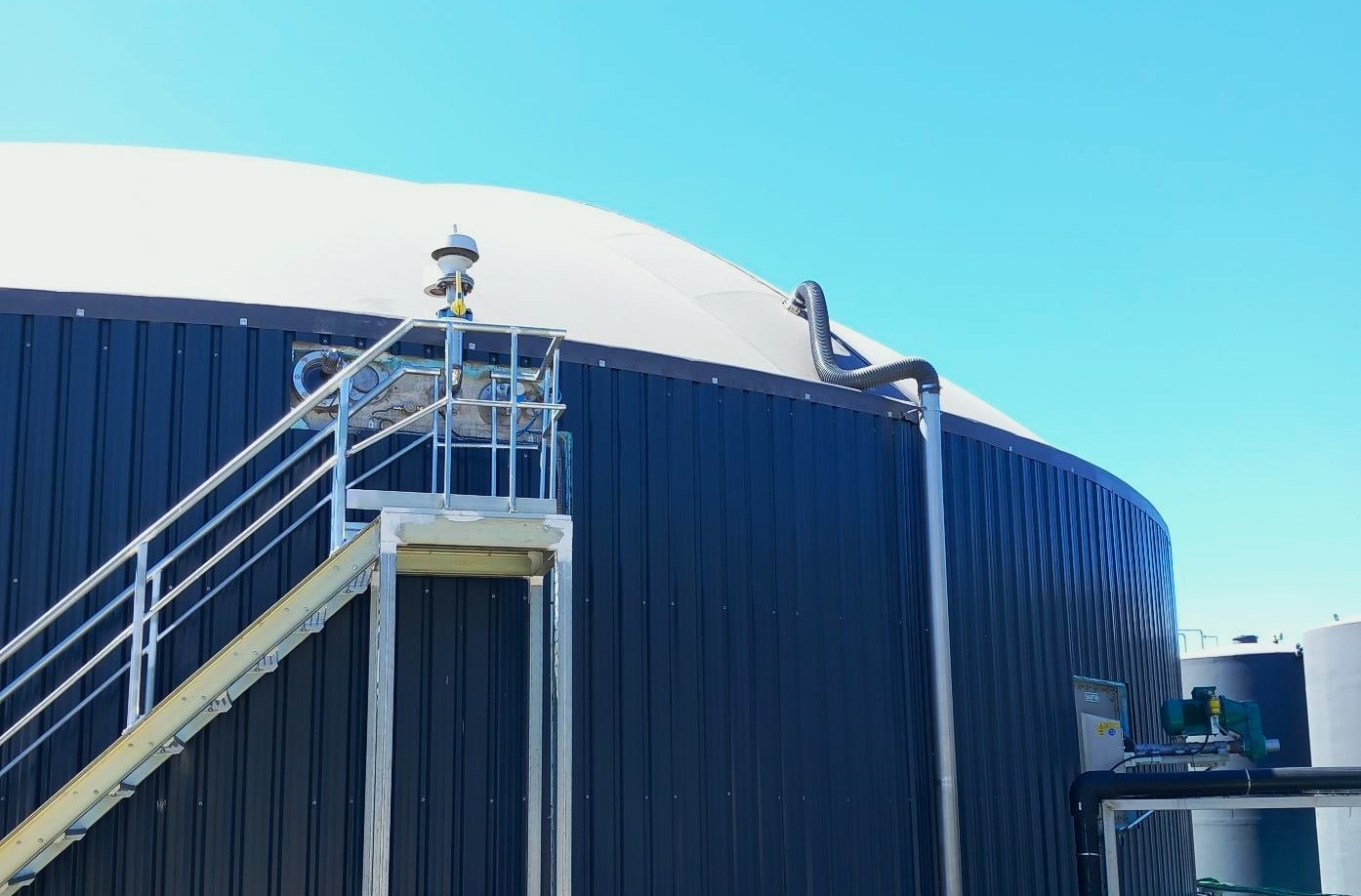The company ZITHER arrives in the hall of Gas Renewable, where it presents an ambitious proposal that will contribute to achieving the country’s industrial goals to decarbonize the economy, through the water-waste-energy triad.
ZITHERone of the main drivers of the production of biogas and biomethane in Spain and a reference in the field of industrial water management, attends for another year the most important event in the bioenergy sector, the Salón del Gas Renewable, with important new functions.
ZITHER During the event, it will demonstrate its ambitious proposal to contribute to the achievement of the decarbonization goals and will present two of its most ambitious projects in this area. The production plant for biomethane and biofertilizers of Montes de Toledo, which will start operating at the end of 2024; and the Llutxent biogas and fertilizer production plant, which is already operational and fully operational. These two plants will bring a reduction in carbon footprint equivalent to 11,896 tons of CO₂ per year and will process approximately 230,000 tons of waste per year.
High innovative component
The Montes de Toledo biomethane plant, developed by ZITHER and Suma Capital, through their joint venture Biomethane Initiatives, will join the nine plants currently in operation according to Sedigas. injecting this renewable gas into the national gas network.
In addition to the technology and innovation behind the factory, it has a direct impact on both the by-products it generates and on production terms of efficiency from a management and zero discharge point of view. Features that bring the highest quality standards to this construction.

In addition to the 40 GWh of biomethane that will be injected into the Nedgia network, this plant is designed to create biofertilizers with high agronomic potential. This is what makes Biomethane Montes de Toledo a clear example of circular economyin which there is also a strong urge for local development.
The waste, which will amount to more than 100,000 tons per year, will come from local agriculture and livestock farming, solving an intrinsic problem in an area with remarkable development in the agricultural sector. The by-products generated in the form of biofertilizers They will also be used by the local environment with the aim of improving the quality of the soil and contributing to the productivity of the area.
The Llutxent biogas production plant, which was named the best biogas project in Spain during the last edition of the International Congress of Energy Engineering, focuses on generating resources for own energy use. In fact, it is a unique biogas plant in Spain in terms of energy self-sufficiency and will process approximately 120,000 tons of waste annually.
Like Ricardo Sáez, general manager of ZITHER, “Environmentally speaking, these plants are two examples of the better development of the circular economy. It is not just about recovering waste, but we produce biofertilizers that we apply locally. We develop everything in a rural environment, which implies a direct and positive impact on the economy of the area.”
A new model to decarbonize industry from biogas
The company’s commitment to the circular economy goes hand in hand with its industrial vision, achieving environmental goals and advancing the decarbonization process. In this sense, ZITHER has already implemented important industrial projects aimed at the revaluation of waste resulting from the purification of industrial water to produce biogas and biofertilizers.
Major projects in sectors such as packaging, food and beverages, petrochemicals or pharmaceuticals renewable energy generation to ensure efficiency and sustainability for companies by consuming energy themselves.
In this line, ZITHER will demonstrate at the Renewable Gas Show its ambitious proposal to contribute to achieving these industry decarbonization targets, through the water-waste-energy triad. “We are cooperating latest generation anaerobic reactors to generate biogas that supplies our customers’ factories.
We achieve circularity by revaluation of waste generated by the industry itselfto which we supply the renewable energy sources that we generate,” explains Ricardo Sáez, who refers to this model as “a valuable policy to achieve the goal of net zero emissions by 2050.”
The nationally operating company is once again committed to its participation in the Biogas Fair to share knowledge with other actors in the sector and to create synergies that support the development of renewable energy sources, especially biogas and biomethaneas a fundamental step in accelerating the transition to a sustainable future.
The circular economy is considered the most ambitious model when it comes to sustainability and decarbonizationespecially in the fuel sector.

